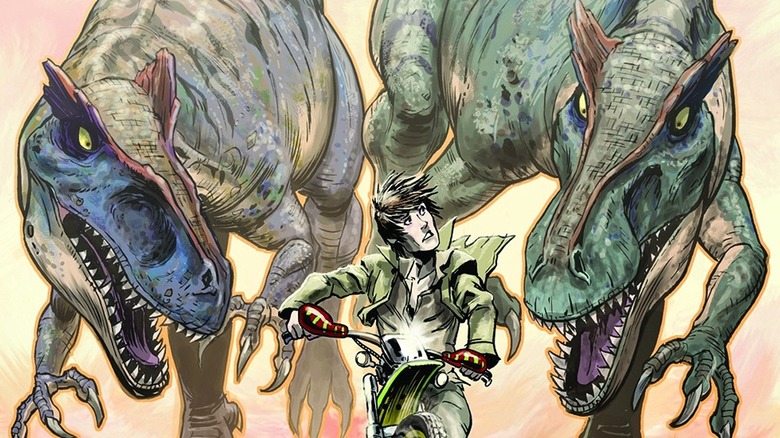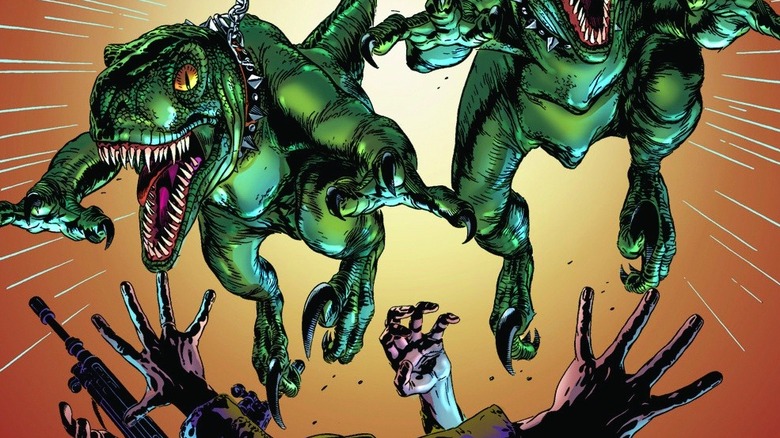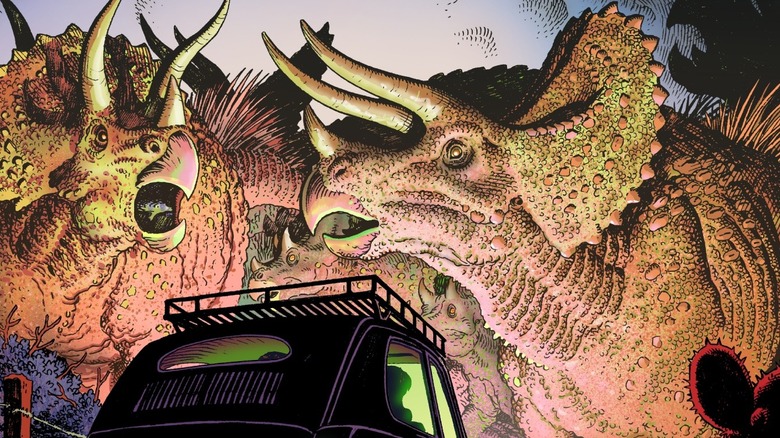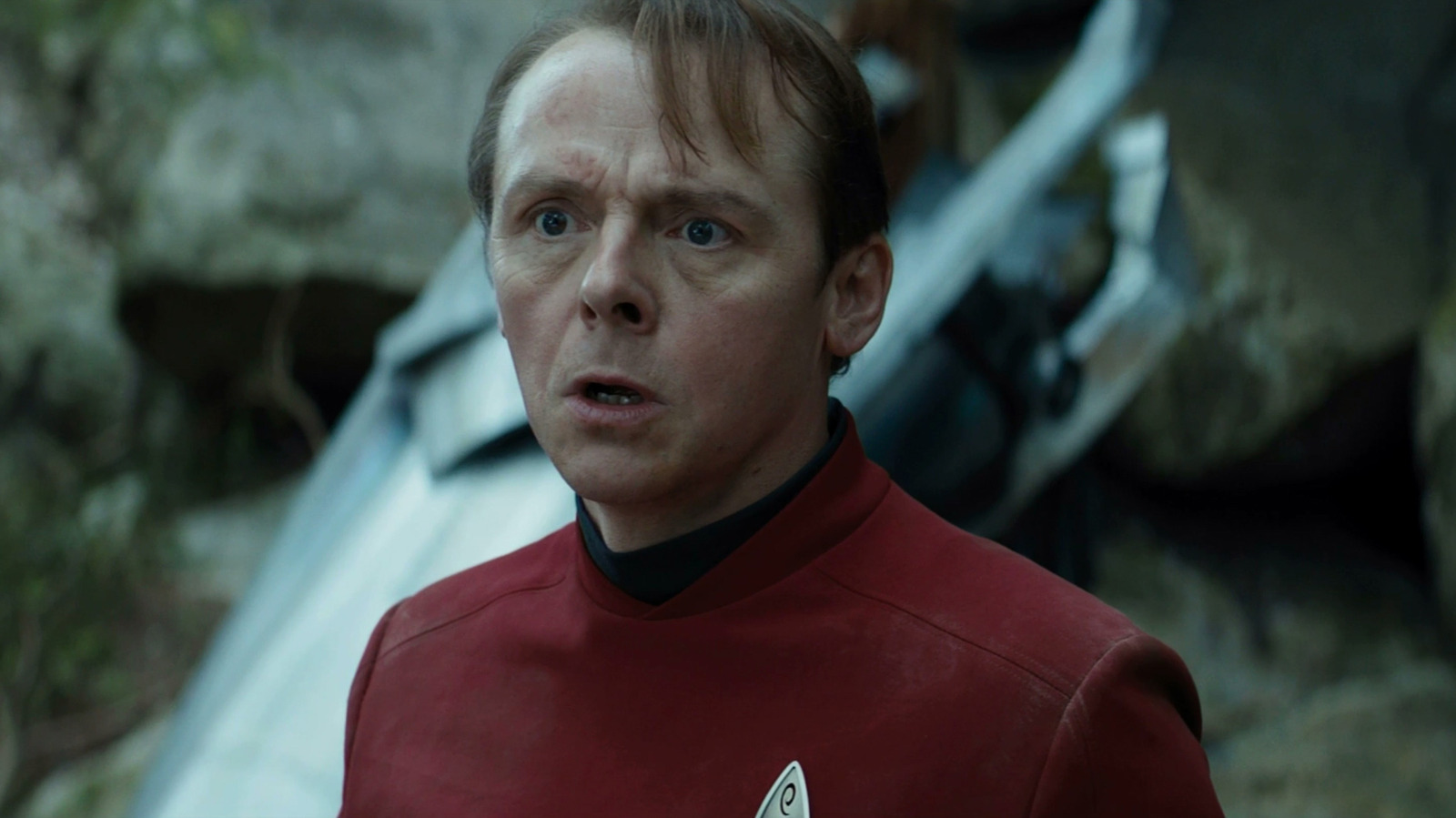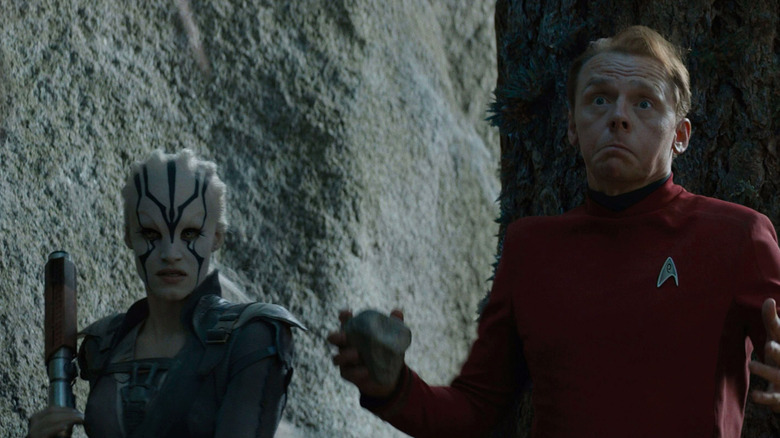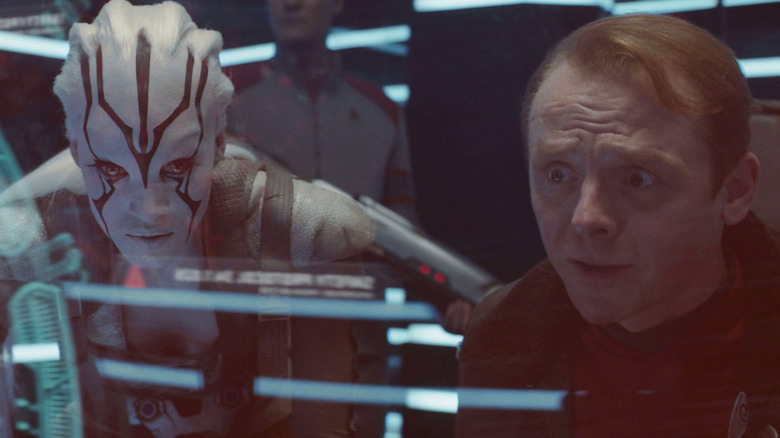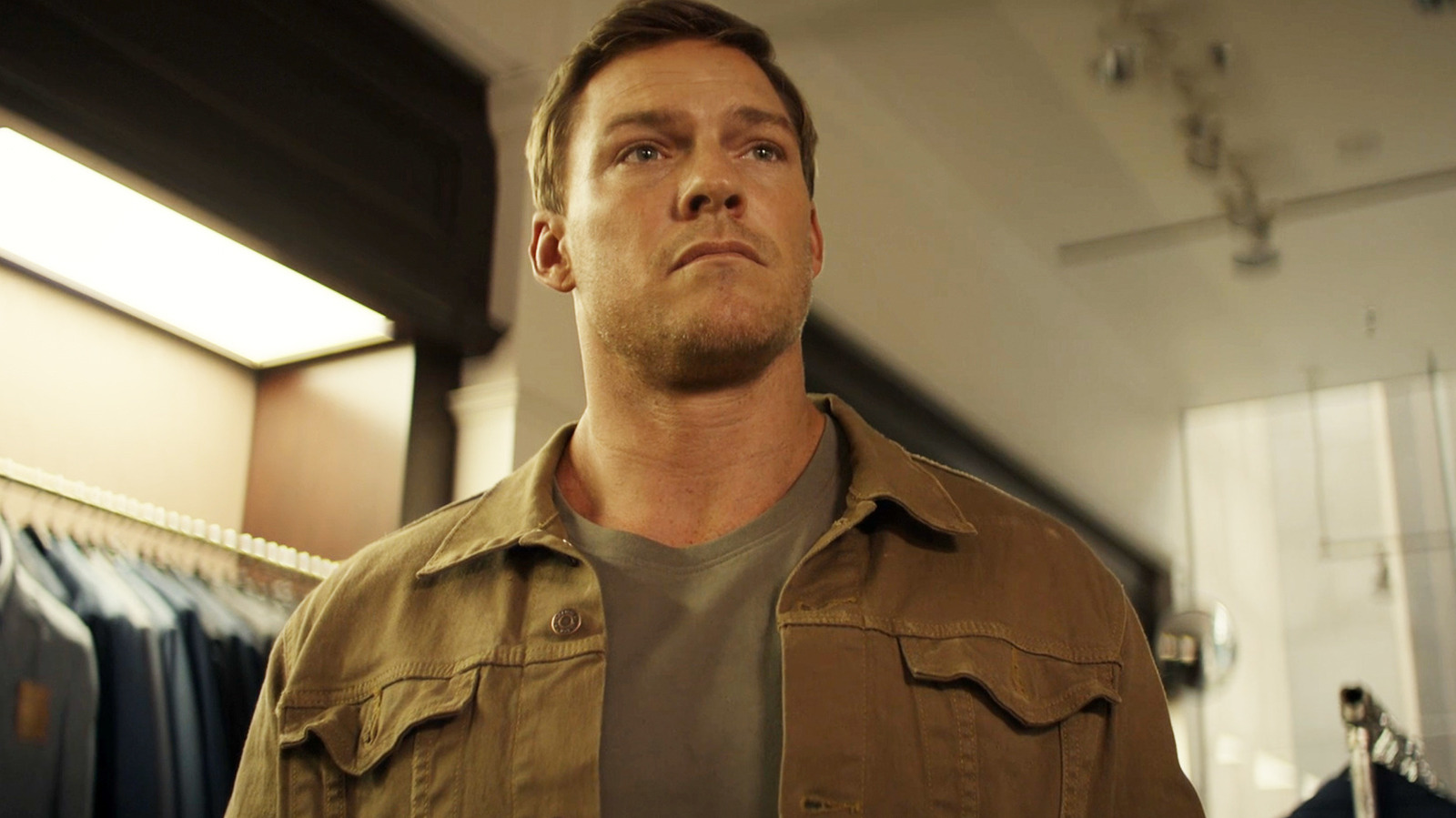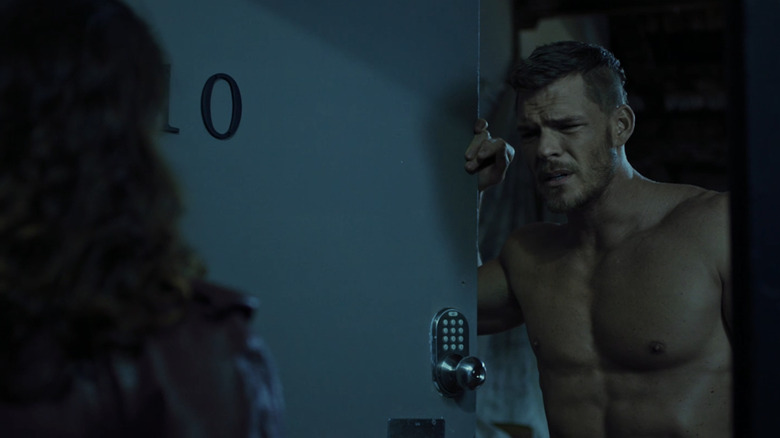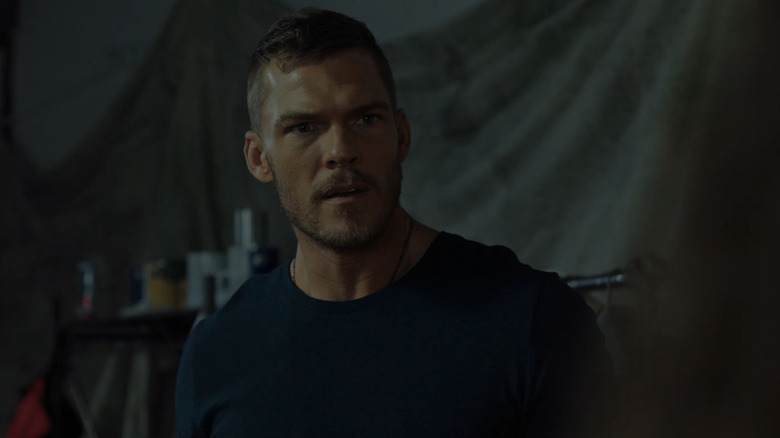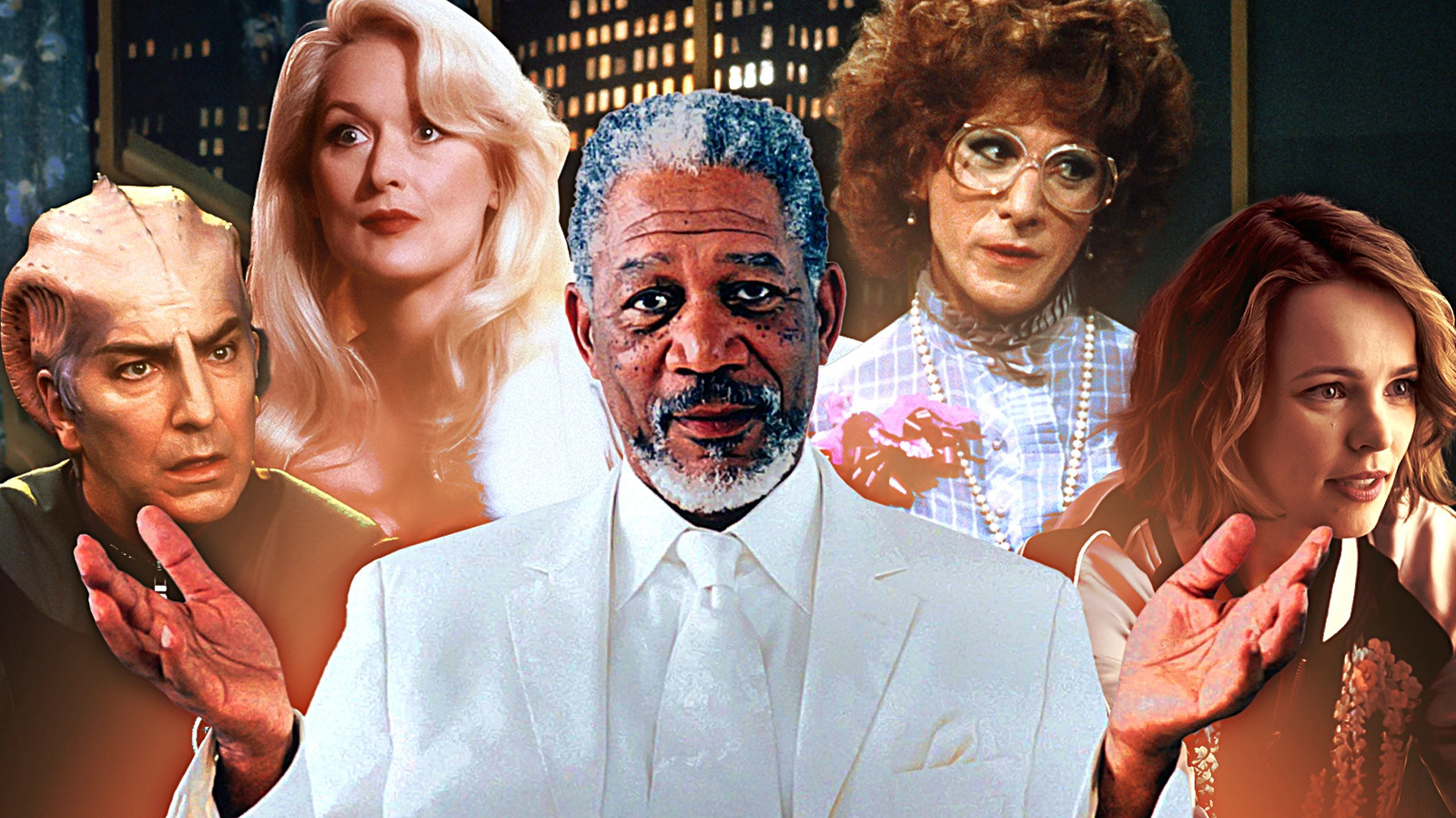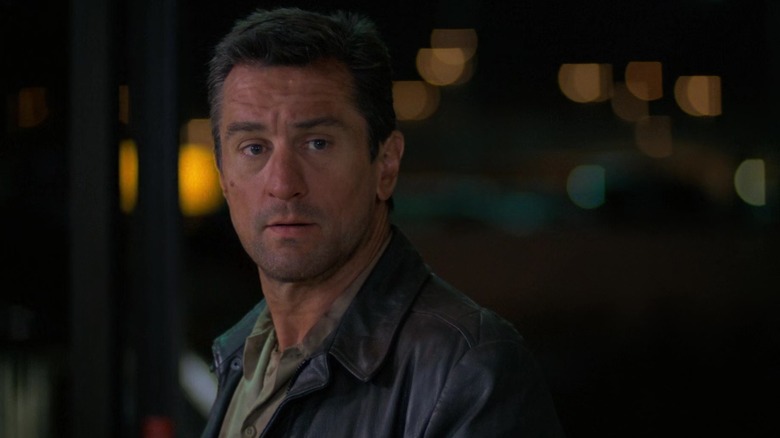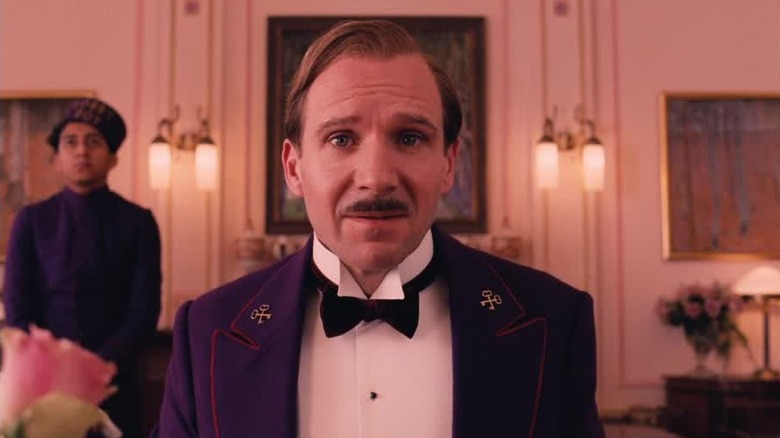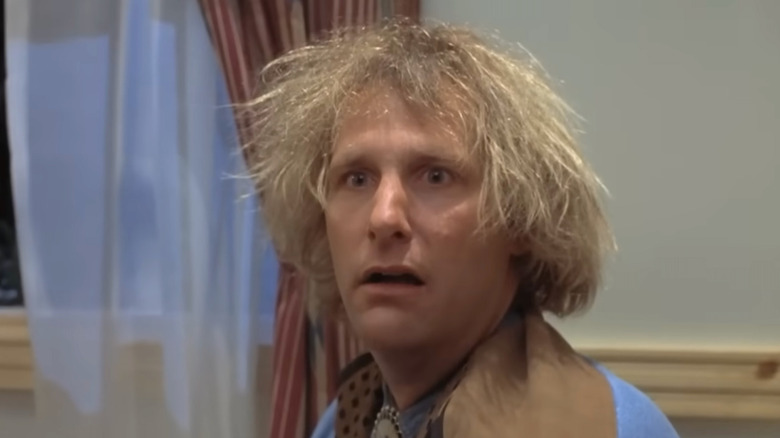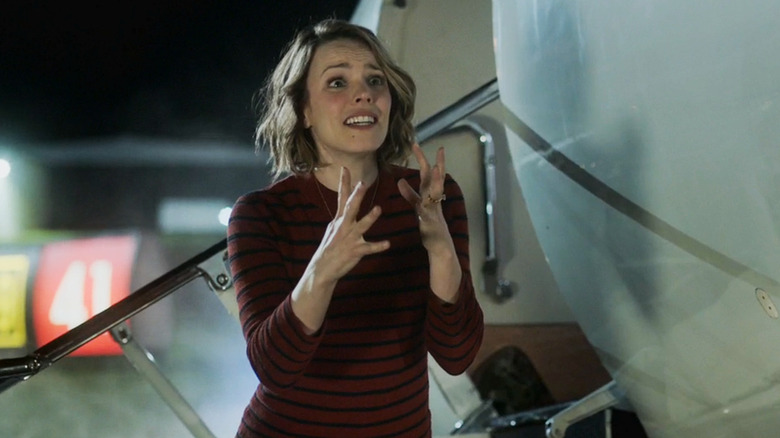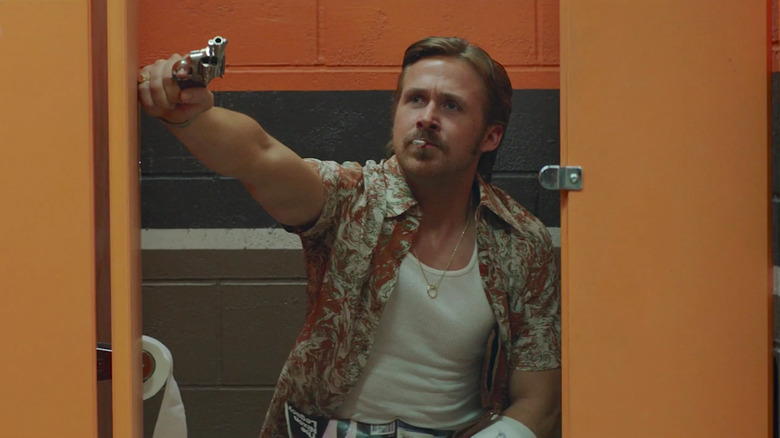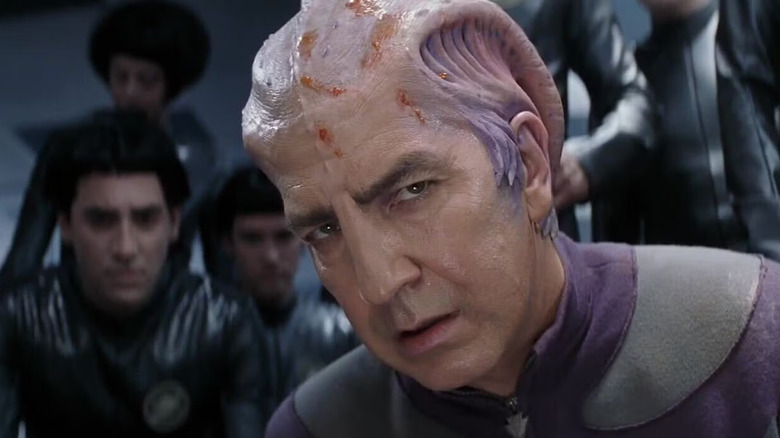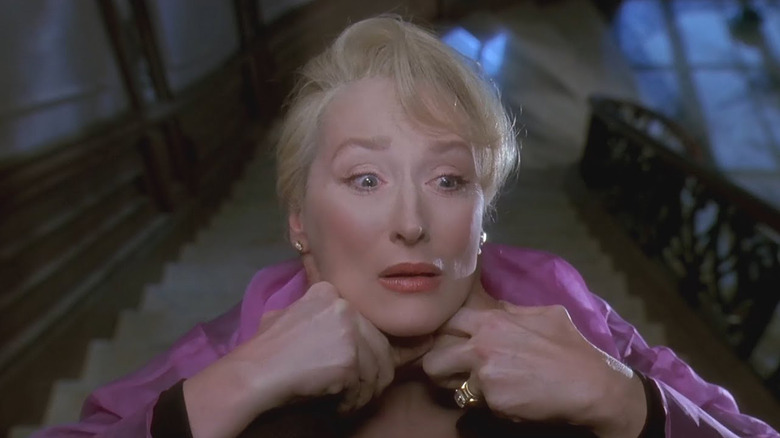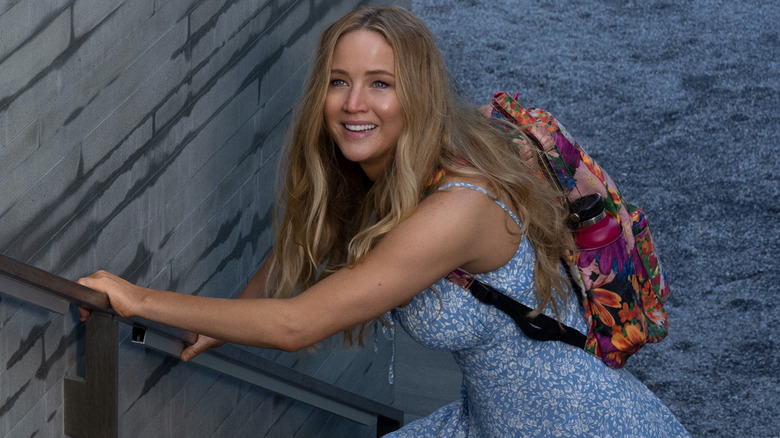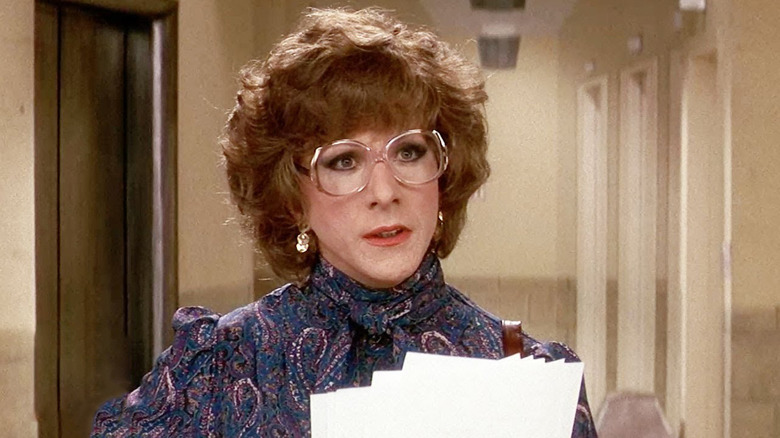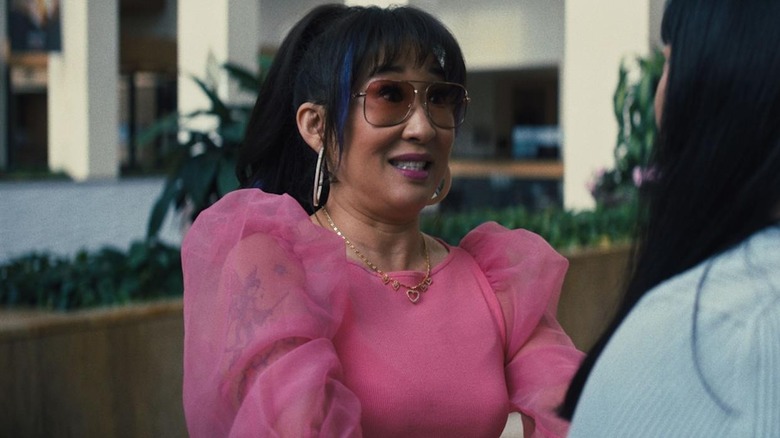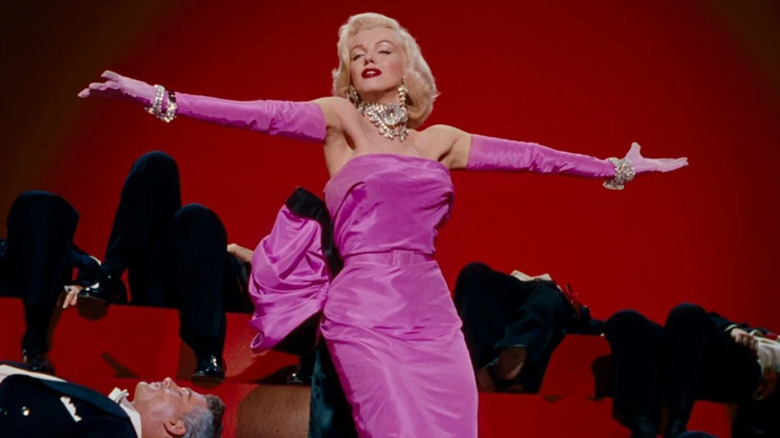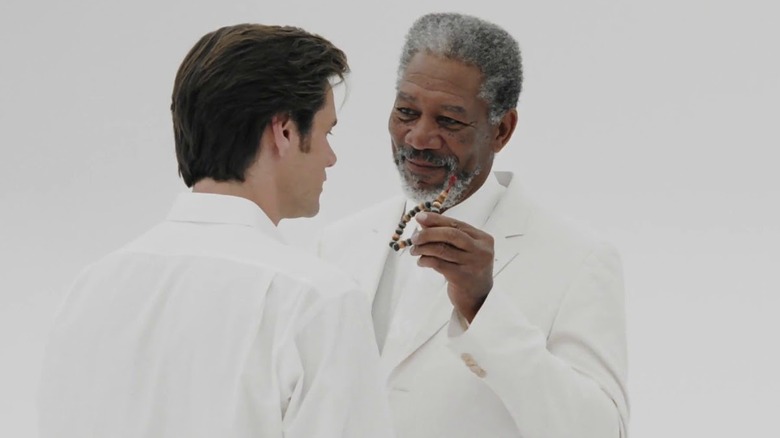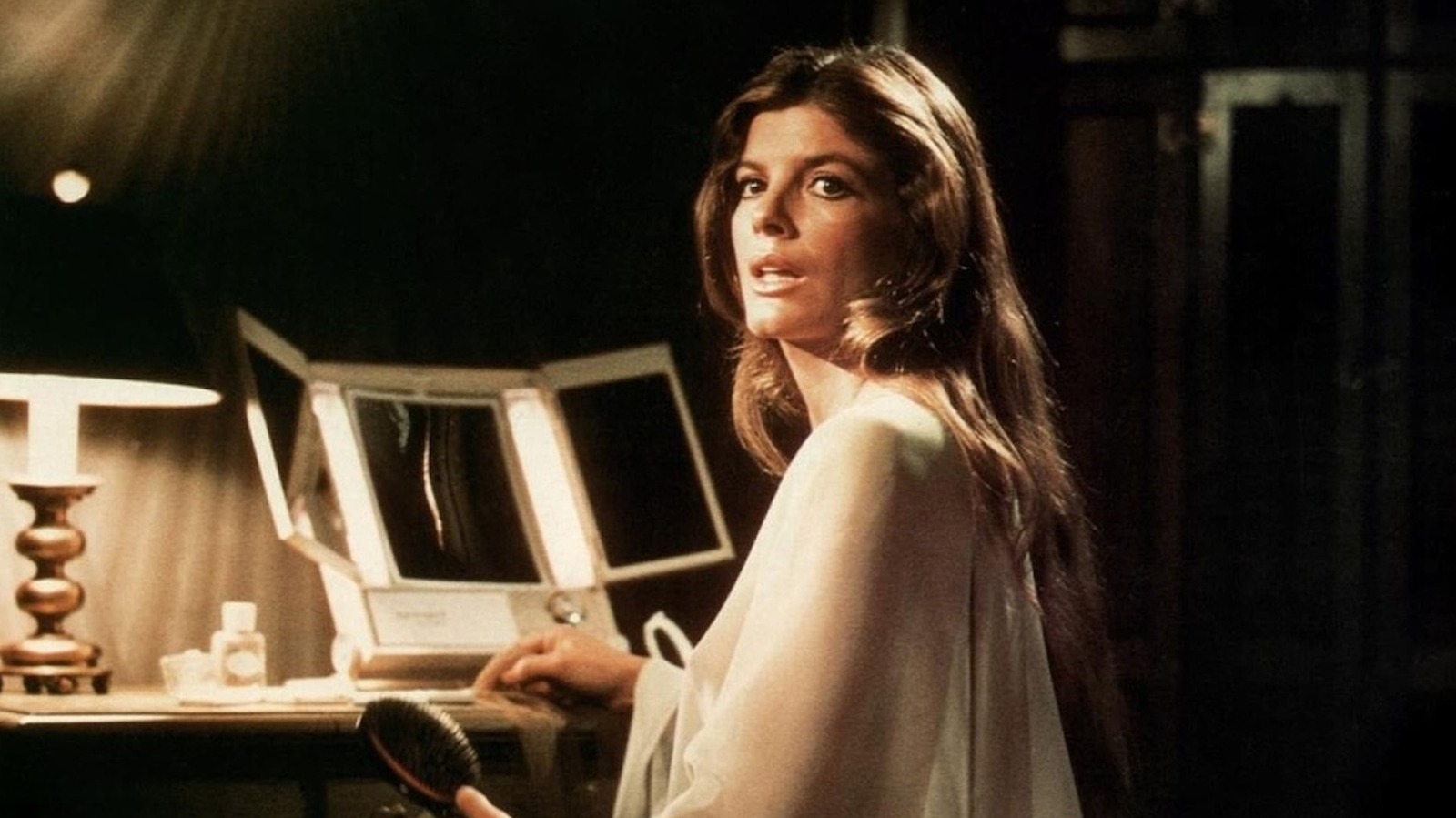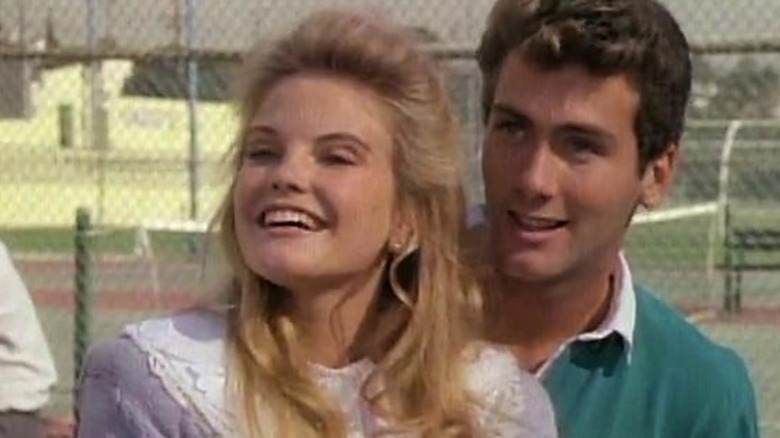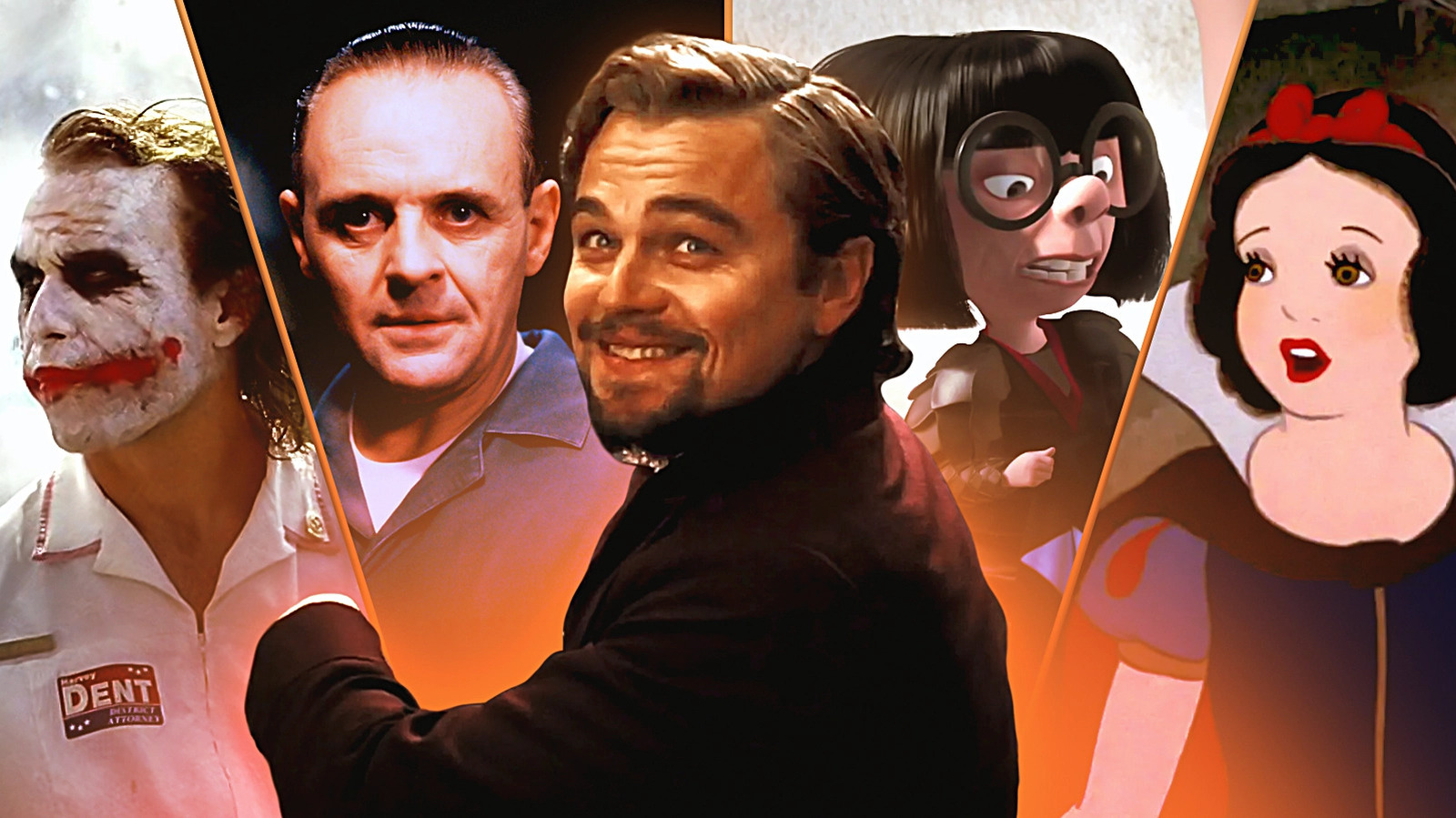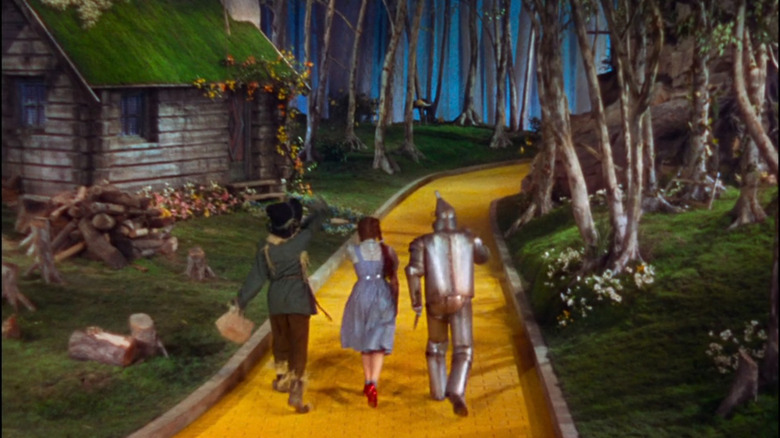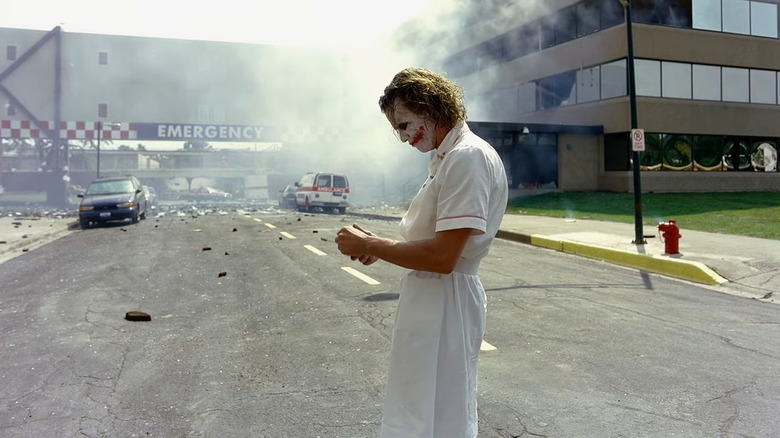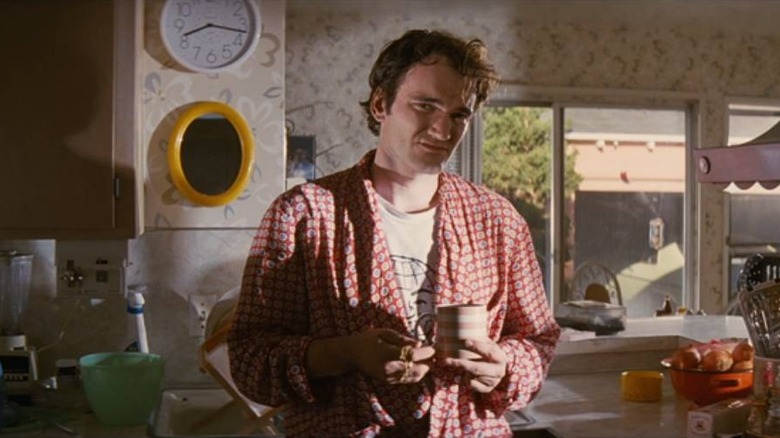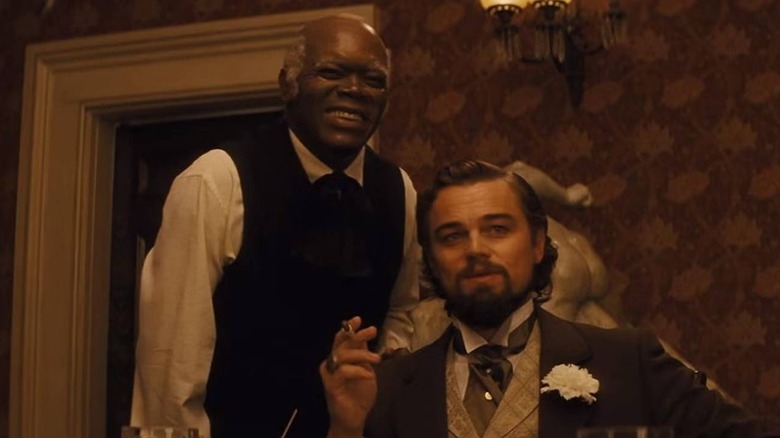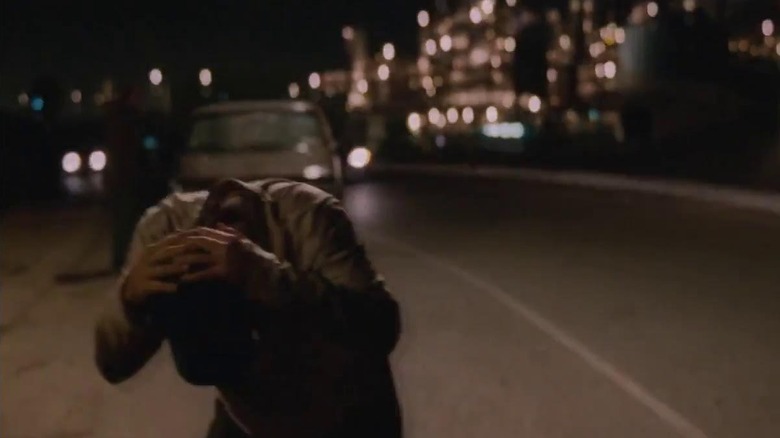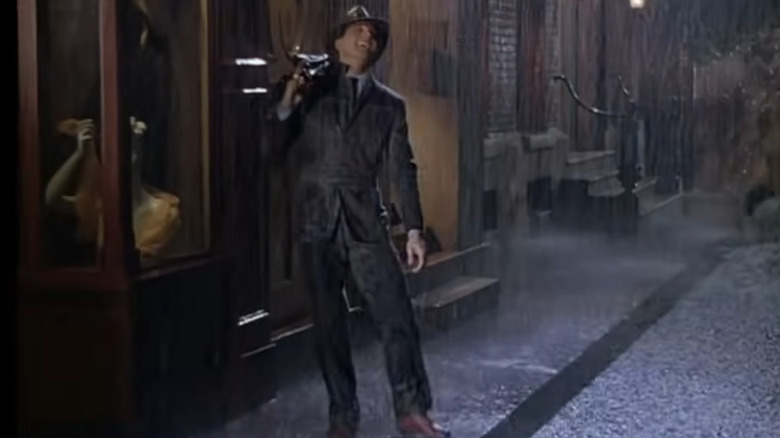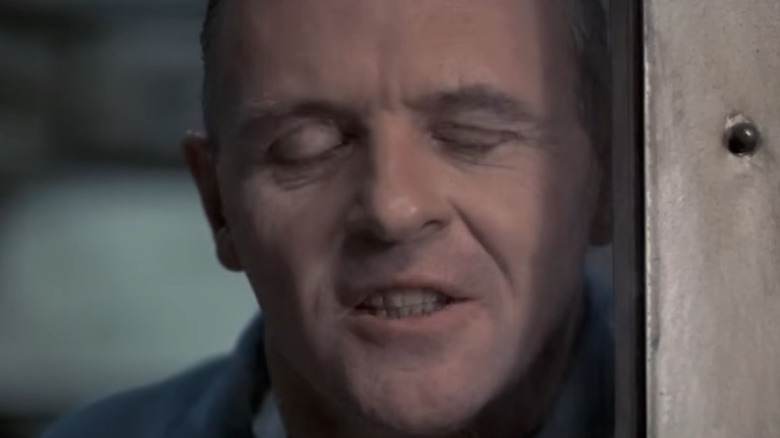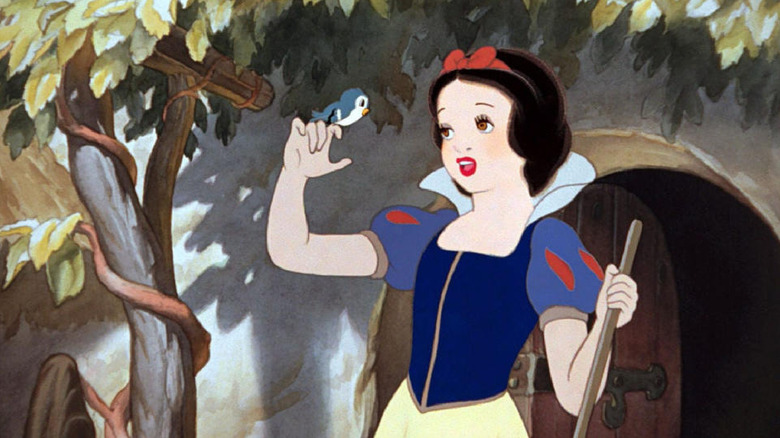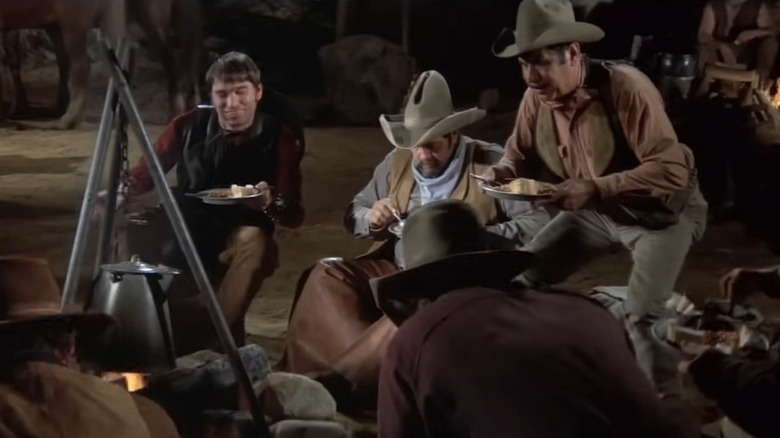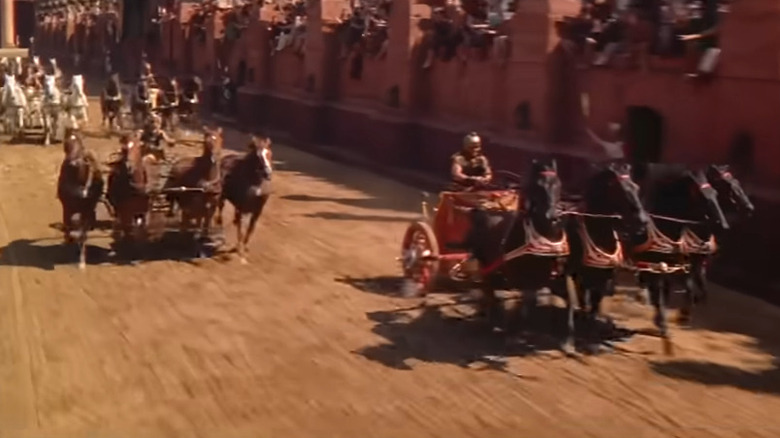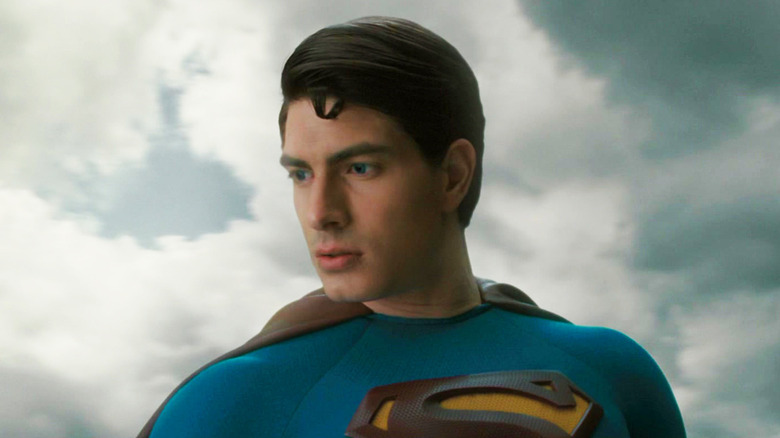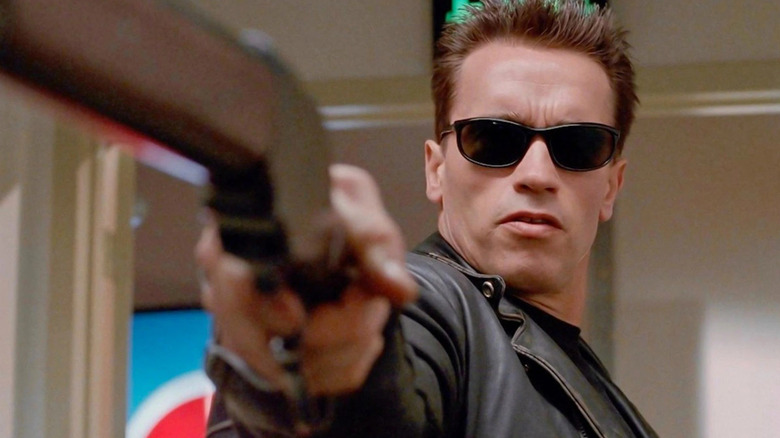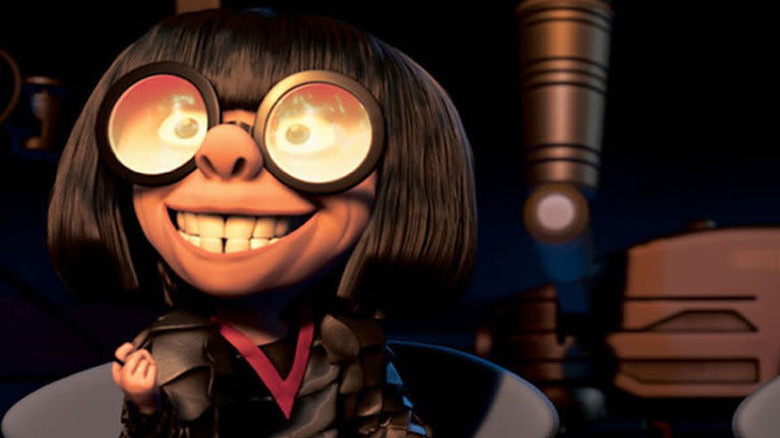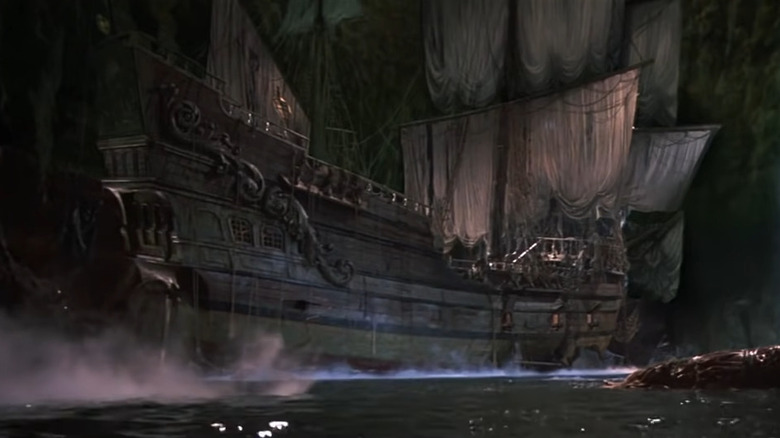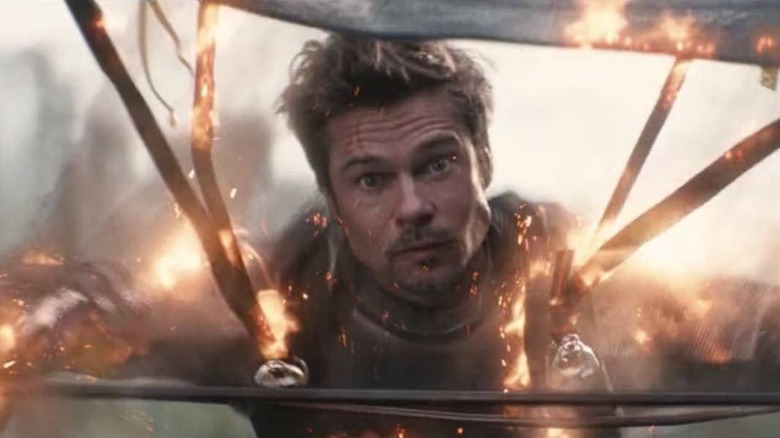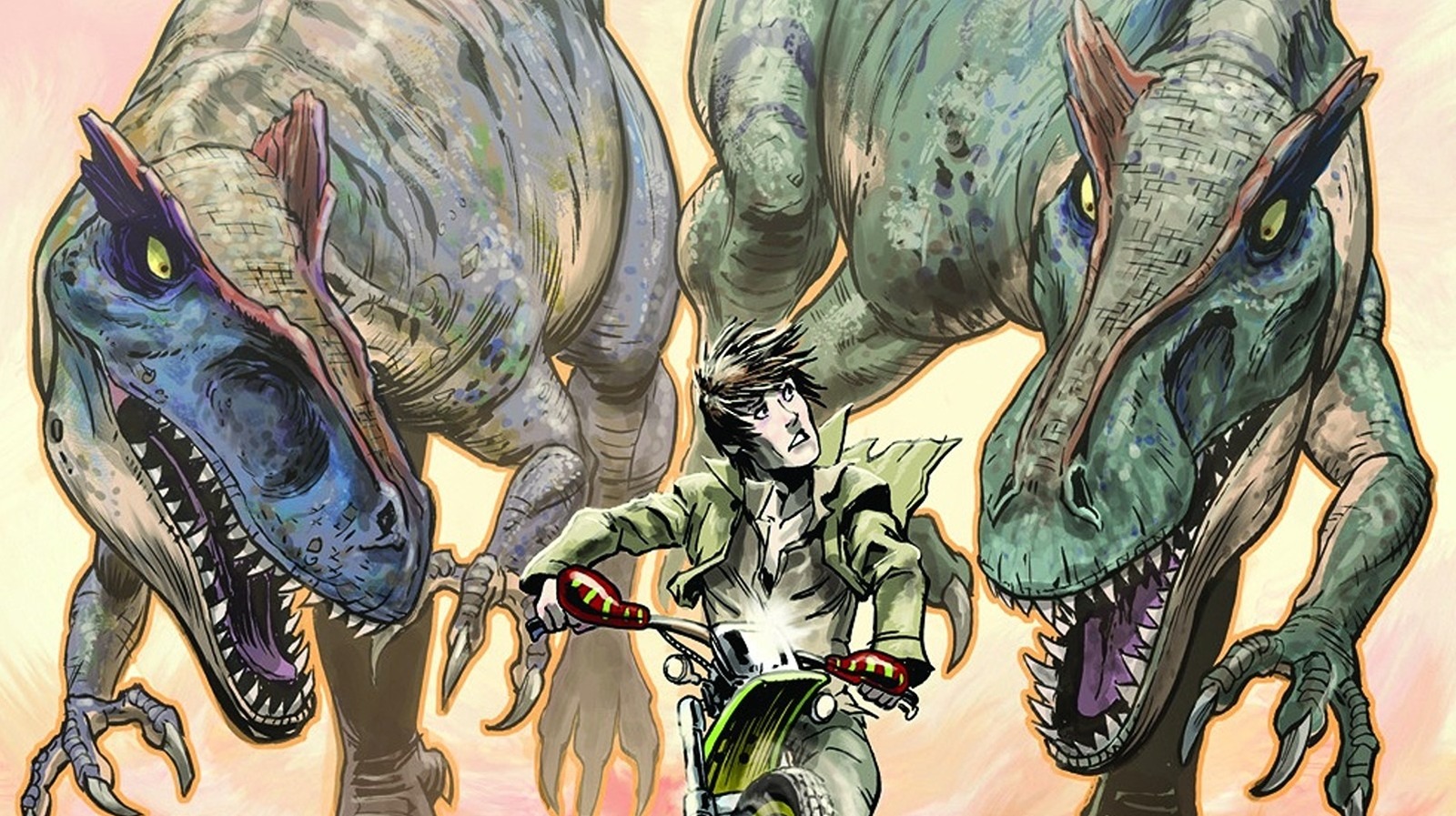
TV & Beyond on 2025-06-29 20:45:00
We may receive a commission on purchases made from links.
There are few franchises in the history of major multimedia franchises that can rival that of “Jurassic Park.” What started as a brilliant novel from best-selling author Michael Crichton gave way to one of the most important blockbuster movies ever made. As of this writing, the “Jurassic” movies have grossed $6 billion at the box office alone – and counting. That’s just the tip of the iceberg though, as the franchise also includes animated TV shows, theme park attractions, merchandise and, for a time, comic books.
At the height of “Jurassic Park” fever, after Steven Spielberg’s 1993 classic hit theaters and became the biggest movie ever up to that point, Universal began unleashing a string of tie-in products into the marketplace. That included several comic book series from Topps Comics. It all started with a four-issue adaptation of the movie itself, which then gave way to several other series that would hit shelves throughout most of the ’90s. Unfortunately, unless you were lucky enough to get your hands on those comics back in the day and have held onto them, they are damn near impossible to read today. So, why is that exactly?
It’s not a question with a simple answer, but the short version is that the publishers who handled all of the “Jurassic Park” comics are either no longer in business and/or no longer have the license for the franchise. This is also why certain franchise-based video games sometimes can’t be sold through digital marketplaces. Those companies are granted a license by the rights holders, but once that license expires or is revoked, things get complicated.
That’s why the only (legal) way to read any of the “Jurassic Park” comics is to find outrageously overpriced physical copies on Amazon or eBay. They are not available to buy on any digital storefronts. They might as well be extinct.
The original Jurassic Park comics were published by Topps Comics
Let’s wind the clocks back a bit. Topps Comics itself launched in 1992 in response to the comic book boom that the industry was experiencing at the time. Most people know Topps from their trading cards such as “Mars Attacks!” and many others. But for a time the company got into the comic book business, and they held the license for “Jurassic Park,” publishing various titles within the universe from 1993 to 1997.
Though they had some originals, a big part of Topps’ business came from licensed comic books. Aside from the “Jurassic Park” adaptation, the company published several other books including the “Raptor” series, an unofficial sequel of sorts titled “Return to Jurassic Park,” “Jurassic Park Adventures,” and an adaptation of “The Lost World” in ’97. Largely though, these books all told a single story.
“Topps was infected with the Number One virus, where, since #1’s sell well, you try to have as many as possible,” writer Steve Englehart explained on his website. “Thus, after the two-part Raptor, we had a four-part Raptors Attack, a four-part Raptors Hijack, an eight-part Return to Jurassic Park … I made sure that each group had a climax, but really, it’s a continuous story.”
These comics were a way to expand the scope of the franchise, not unlike how the “Star Wars” comics offer hardcore fans something beyond the movies. It’s a key part of many franchises and, for a time, it was for “Jurassic Park” too. These books are a fascinating time capsule and one would think given that we’re talking about a multi-billion-dollar franchise they would be available. Sadly, that’s not the world we live in.
The ’90s was one of the biggest decades ever for comic books, giving rise to Image Comics and other competitors to Marvel and DC. That’s why Topps got into the business. Sadly though, the bubble eventually burst and Topps Comics went belly-up in ’98. Thus, the publisher behind these books no longer existed and they had no home. For a long time, that’s how things remained.
IDW took over the Jurassic Park license in the 2000s
In the 2010s, the “Jurassic Park” license found a new home thanks to the folks at IDW Publishing. IDW is known for publishing the “Star Trek” comics, among many other licensed books, so it seemed like a good fit for the future of this particular property. It’s worth pointing out that this was an odd time, as we were years removed from “Jurassic Park III” but still years away from “Jurassic World.” The franchise was largely dormant.
IDW changed that by publishing several series from 2010 to 2013, including 2010’s “Jurassic Park: Redemption,” which centered on Tim and Lex Murphy trying to pick up where their grandfather John Hammond left off by opening a dinosaur theme park in Texas. IDW also published “Jurassic Park: Devils in the Desert,” and “Jurassic Park: Dangerous Games.” Both of those were original stories.
Perhaps more importantly, IDW was granted the ability to re-publish all of the Topps “Jurassic Park” comics in new collected editions. The company did precisely that, collecting the books in five different four-issue volumes dubbed “Classic Jurassic Park.” These are similarly almost impossible to find today. Every single “JP” comic from IDW, both the original series and the Topps collected editions, has been out of print for years. They are also not available to purchase digitally.
The last news about any “Jurassic Park” comics of any kind came in 2016 when IDW announced during a San Diego Comic-Con panel that new “Jurassic World” comics would be coming in 2017 (via Bleeding Cool). That never happened. So far as we know, for the time being, Universal doesn’t have any plans to publish any new comics within the franchise and IDW doesn’t have the license anymore.
I can’t comment on the quality of many of these stories, nor dive into the gritty details even if I’d like to because, as mentioned, they are no longer available — unless you’re lucky enough to stumble upon a reasonably priced physical copy in the wild, which is unlikely. One can only hope that Universal eventually decides it would be worth making these books available again someday. For now, they remain relics of the past, not unlike dinosaur bones in the dirt or mosquitoes fossilized in amber.

